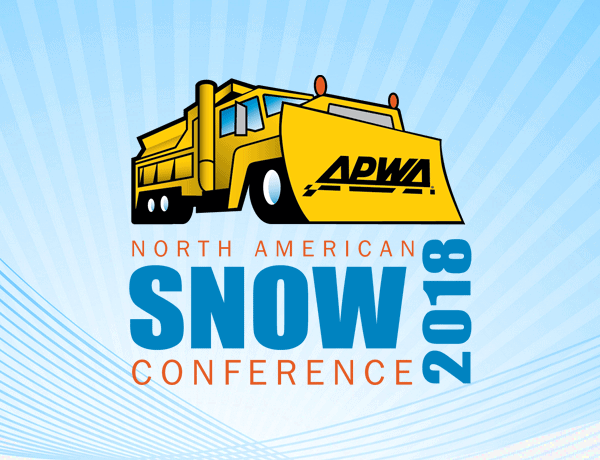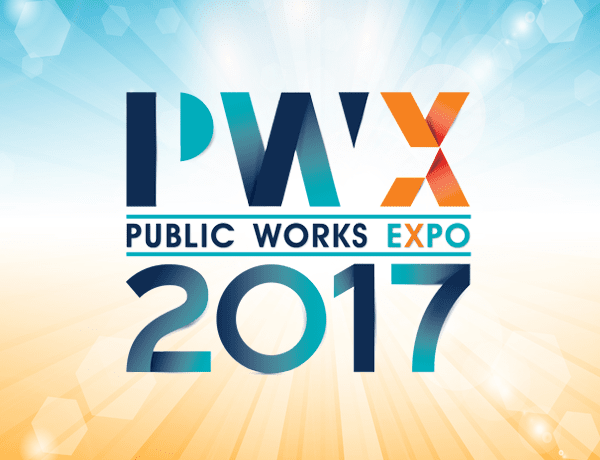Video
Unmanned Aerial Vehicles (UAVs) are having positive effect on the design and maintenance of public facilities and infrastructure. UAVs (drones) combined with 3-D technology are being used to upgrade surveying and construction drawing development. The City of Peculiar, Missouri, used drone and 3-D photography to enhance the surveying for the new 28,000-foot sewer interceptor design and installation. Costs were lowered approximately 30% from traditional surveying techniques.
Read MoreOC Public Works recently met the challenge for integrating their numerous systems into one centralized CRM platform. Among the systems integrated were the GIS platform, land management, operations and management, and financial systems. No small task! Engaging all the stakeholders for these activities has been crucial to the success of the project. Internally they had to rearrange resources and balance staff levels to complete the project while still delivering day-to-day services to constituents. The improved levels of service will be the most important benefit for all.
Read MoreLearn how to leverage partnerships with public and private organizations that will help expand operational and financial resources. This panel discussion will highlight strategies implemented by small communities to benefit the bottom line.
Read MoreHillsborough County, Florida, conducted performance review of several operational areas. They gained valuable insight about opportunities to make work processes more efficient and effective. This session will cover the methodology for the reviews and the substantial savings that have resulted from deploying the recommended changes. The County has implemented a complete maintenance management system which is integrated with GIS, allowing them to track work completed and comparing the unit costs and productivity against established benchmarks.
Read More“Get out of the office and circulate among the troops.” We’ve all seen the version of this where the boss joins the crew for a day, poses for a picture in a hard hat, and then is never seen again. Don’t miss this presentation by a public works leader who has adopted a regular, repeating program of inserting himself into workgroups. Every two or three weeks, he spends an entire workday as a member of a crew. He tells the crew to treat him like an extra, if unskilled, pair of hands. Invariably the barriers come down after a couple of hours and after the conversations about sports and families subside, questions are freely asked. Honest answers are a must, but this approach has strengthened relationships, countered bad perceptions, enhanced communication and built trust.
Read MoreThis session will feature presentations from the Netherlands about integrating the concepts of social cohesion and resiliency into the design of public spaces and infrastructure. Presentations will include: • Information about a design instrument that integrates input from all the various stakeholders involved in designing public spaces. • A case study featuring The Resiliency Strategy developed by the City of Rotterdam that includes these components: social cohesion and education, energy transition, cyber use and security, climate change adaptation, infrastructure, and changing governance.
Read MoreStandard operating procedures (SOPs) are step-by-step instructions about how to do a job or task properly to ensure consistent and quality results. St. Joseph County, Indiana, will share what they learned while developing and implementing SOPs for winter maintenance operations.
Read MoreWhat is the future of winter maintenance? Driverless and sensor technologies are being tested and there are some who believe they will be deployed sooner rather than later. What is the research saying about how driverless technology will perform in snow and ice conditions? What should winter maintenance professionals be doing now to prepare? This session will also address new technologies in weather forecasting that are just around the corner and feature a point/counterpoint discussion between a road maintenance expert and a meteorologist.
Read MoreMany (too many) public works departments have experienced the loss of valued public works colleagues while they were in the line-of-duty. Members of the APWA New England and Chicago Metro Chapters will discuss what chapters, local governments, and others have done in the past and can do in the future to make sure that these fallen heroes are honored and acknowledged for their public service. It is often difficult to decide what the appropriate response should be. If you have experiences that you'd like to share or have ideas about meaningful activities that APWA and public works departments could undertake, please join us in this important conversation.Learning Objectives: Discuss the steps and protocols involved in honoring fallen public works heroes.Review the procedures being drafted by the New England Chapter Awareness Committee to honor fallen public works colleagues.Draw up a plan for what your agency, chapter, and community can do acknowledge the dedication and service of fallen public works professionals.
Read MorePlanned and hosted by APWA's Center for Sustainability (C4S)Many infrastructure owners are requiring or experimenting with rating their sustainability efforts by using the Institute for Sustainable Infrastructure (ISI) Envision rating system. ISI has made Envision tools available at no charge so owners can use them to guide project teams in introducing sustainability, or can go a step further and verify their projects and be awarded Envision Bronze, Silver, Gold, or Platinum ratings. In order to achieve a verification award, project teams and Envision Sustainability Professionals (ENV SPs) must track and submit documentation proving how their project met Envision credit requirements, which takes planning and organization.This roundtable discussion will address lessons learned in completing credit documentation, and possible shortcuts to use in the future, whether using Envision for general support or planning for submission. Hear from project team members about what they experienced in submitting materials to ISI, about their communications with the verifiers, and how they might approach the next project. The panel is composed of ENV SPs who completed projects and documentation for currently verified projects, or those in the queue to be verified.The panel will be facilitated by an experienced ENV SP who will elicit tidbits from the panel members and ask for questions from attendees. Small group discussions will allow participants to engage further with the panelists and other attendees.Learning Objectives: Explore Envision credit requirements and the verification process by engaging in a robust conversation from experienced users.Compare how different teams approach preparing, completing and submitting documentation.Discover the keys to a smoother verification and higher rating.
Read More
